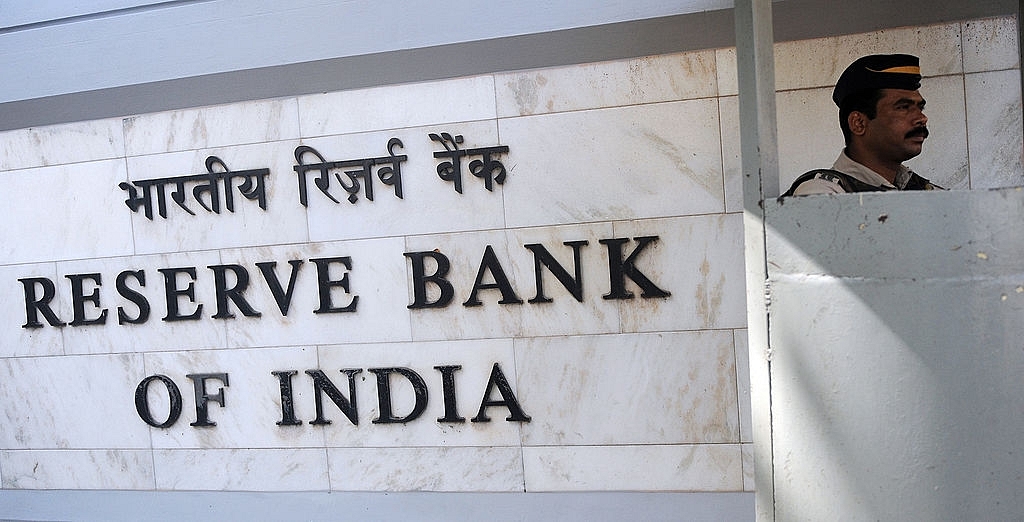Economy
Can DFIs, Which Died In The 1990s, Be Reborn As Wholesale Banks? Well, The RBI Thinks So
- What exactly does the RBI mean when it says it is thinking of ‘wholesale and long-term finance banks’ or WLTFs?

The Reserve Bank of India (Photo Courtesy: Getty Images)
It’s interesting how progress often means going around in circles. It was just in the 1990s that we formally buried the idea of development finance institutions (DFIs), which specialised in project finance and long-term lending to companies using sovereign guarantees and subsidised sources of funds.
But as liberalisation saw long-term funding dry up, those already in the business were in a rush to convert themselves into universal banks, the idea being that banks always have access to deposits; all that’s left to do is to make sure that long-term assets financed with short-term liabilities don’t get the bank into trouble due to an asset-liability mismatch.
So we saw two of them, IDBI and ICICI, converting themselves into universal banks with much fanfare. More recently, we saw an infrastructure lender like IDFC convert itself into a bank.
But things are not rosy in universal banking either, with many of them stuck with huge bad loan portfolios, not least due to the financing of capital-intensive projects and infrastructure. The RBI’s 5/25 scheme was supposed to allow banks with shorter-maturity deposits to refinance long-gestation infrastructure projects every five years (that is, every five years the money lent is deemed repaid, and then relent on new terms, either by the same set of lenders or new ones), but it has not been a thumping success.
And now, the Reserve Bank of India (RBI) has floated a discussion paper (read it here) on creating new wholesale and long-term finance banks (or WLTF, with an ‘L’, not to be confused with the acronym WTF, much used to express consternation on social media).
While WLTF is not the same as DFI, they cannot really be too different in terms of their defined purpose and the challenges they face in raising money or remaining viable.
In fact, it is not even clear that the RBI is fully sold on the idea, for the list of pros and cons it offers in its discussion paper has more cons (eight of them) than pros (just four of them).
Among the pros listed are that WLTFs (a) could be an additional source of long-term financing for small, medium and large businesses and the infrastructure sector; (b) could liven things up in the debt and equity markets by playing market makers for products in this space; (c) could help ease the pressure on banks now stuck with long-term loans, including by securitising existing assets; and (d) could develop expertise in project appraisal and credit monitoring.
This sounds suspiciously like what DFIs were supposed to be good at, barring the business about making markets in debt, equity and securitised assets.
The cons make a weightier list. The RBI frets that WLTF banks may (a) find it tough to raise long-term funds (exactly why DFIs went out of business); (b) have to raise funds at uneconomic costs (exactly why DFIs rushed to become universal banks); (c) not get bankable big companies to fund since they may find it cheaper to raise money on their own (which is a problem even universal banks face); (d) face asset-liability mismatches (aha!); (e) face the possibility of bad loans when they lend to cyclical industries; (f) struggle to stay liquid in the absence of a secondary market for securitised debts; (g) face problems similar to DFIs, and (h) face difficulties in raising long-term funds without sovereign guarantees, which may not be forthcoming.
For some time now, the RBI’s mantra has been “differentiated banking” – which is about creating new, specialised entities like payment banks and small banks that can operate on lower capital and offer competition to entrenched players while bringing down customer charges for various services. The idea is also to increase financial inclusion, by using technology to reach services to the last man in a faraway village.
But while the financial inclusion part of the strategy looks achievable, thanks to Aadhaar and Jan Dhan, one wonders if the RBI will find similar success with wholesale and long-term finance banks. Their time ended in the 1990s, and one wonders if their time has come again, though the need for them is clear.
But here’s an idea: the world is awash with capital, and a lot of it will come to India even for the long-term as long as there is exchange rate protection. The RBI raised billions of dollars in 2013 by offering banks three-year forward cover at a lucrative swap rate. Maybe, some such scheme can be thought of for 100 percent foreign-owned WLTF banks. Big returns are possible only in emerging markets, but the problem is with exchange rate losses.
Introducing ElectionsHQ + 50 Ground Reports Project
The 2024 elections might seem easy to guess, but there are some important questions that shouldn't be missed.
Do freebies still sway voters? Do people prioritise infrastructure when voting? How will Punjab vote?
The answers to these questions provide great insights into where we, as a country, are headed in the years to come.
Swarajya is starting a project with an aim to do 50 solid ground stories and a smart commentary service on WhatsApp, a one-of-a-kind. We'd love your support during this election season.
Click below to contribute.
Latest